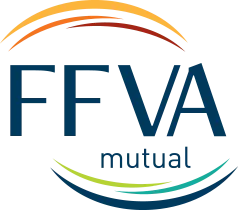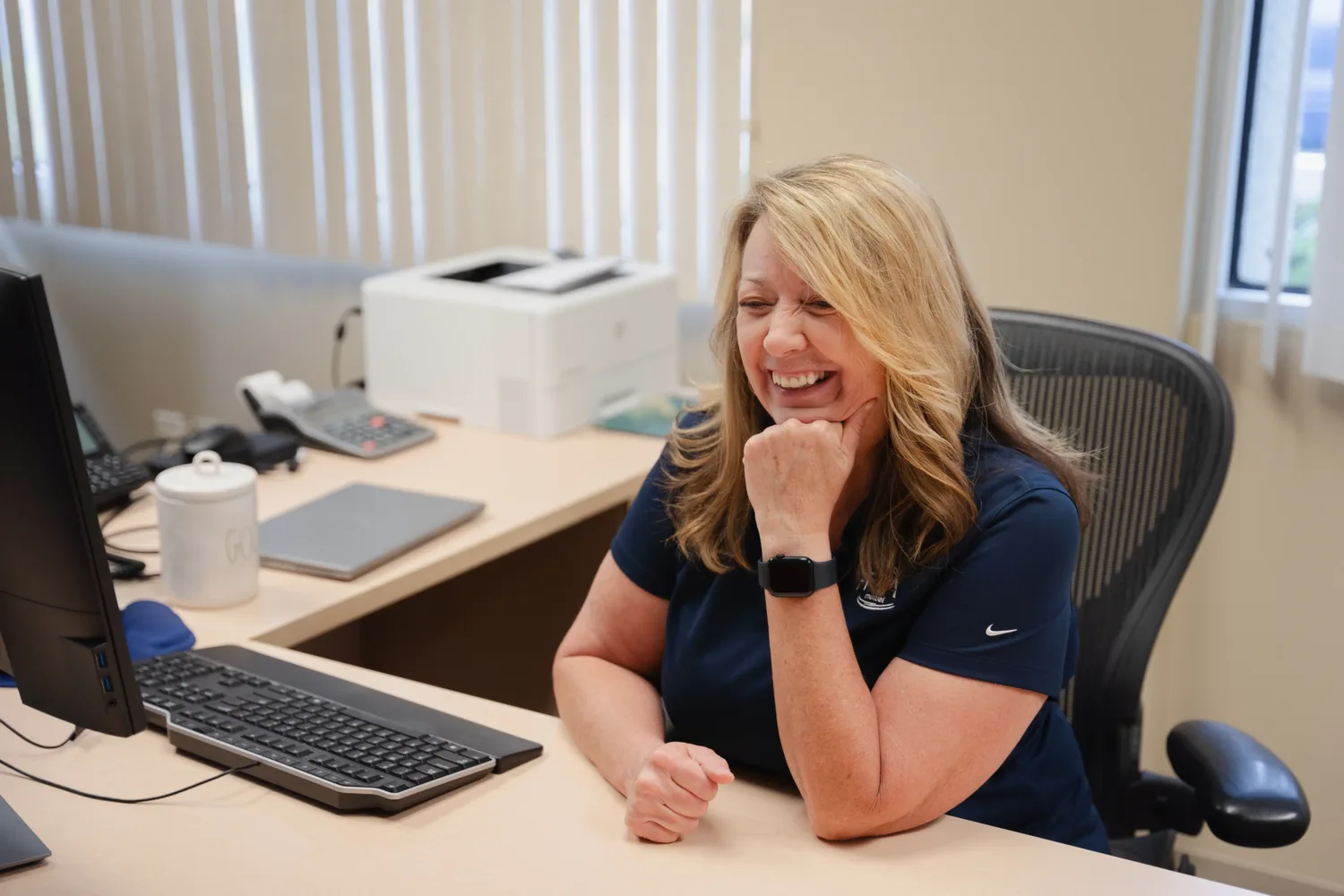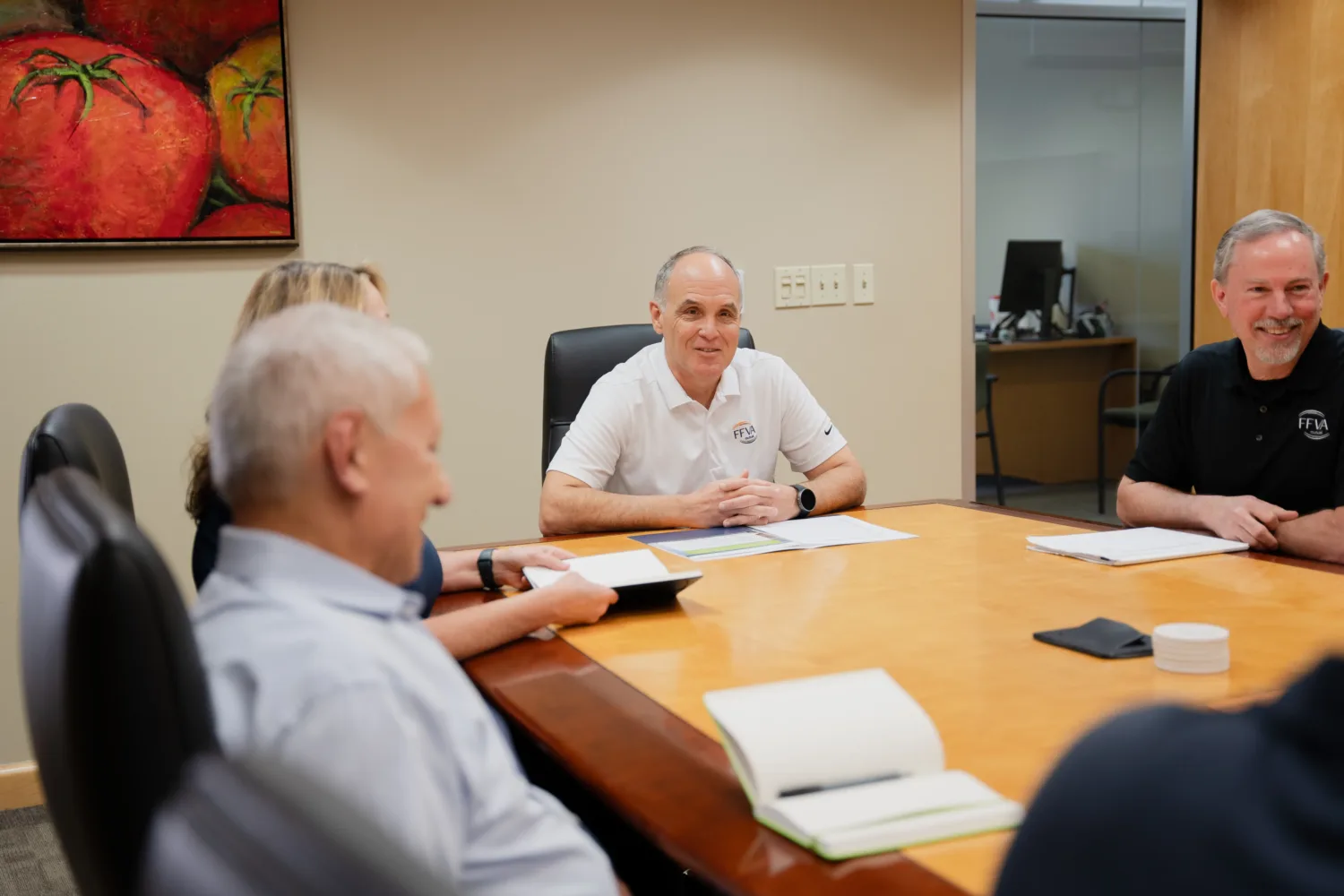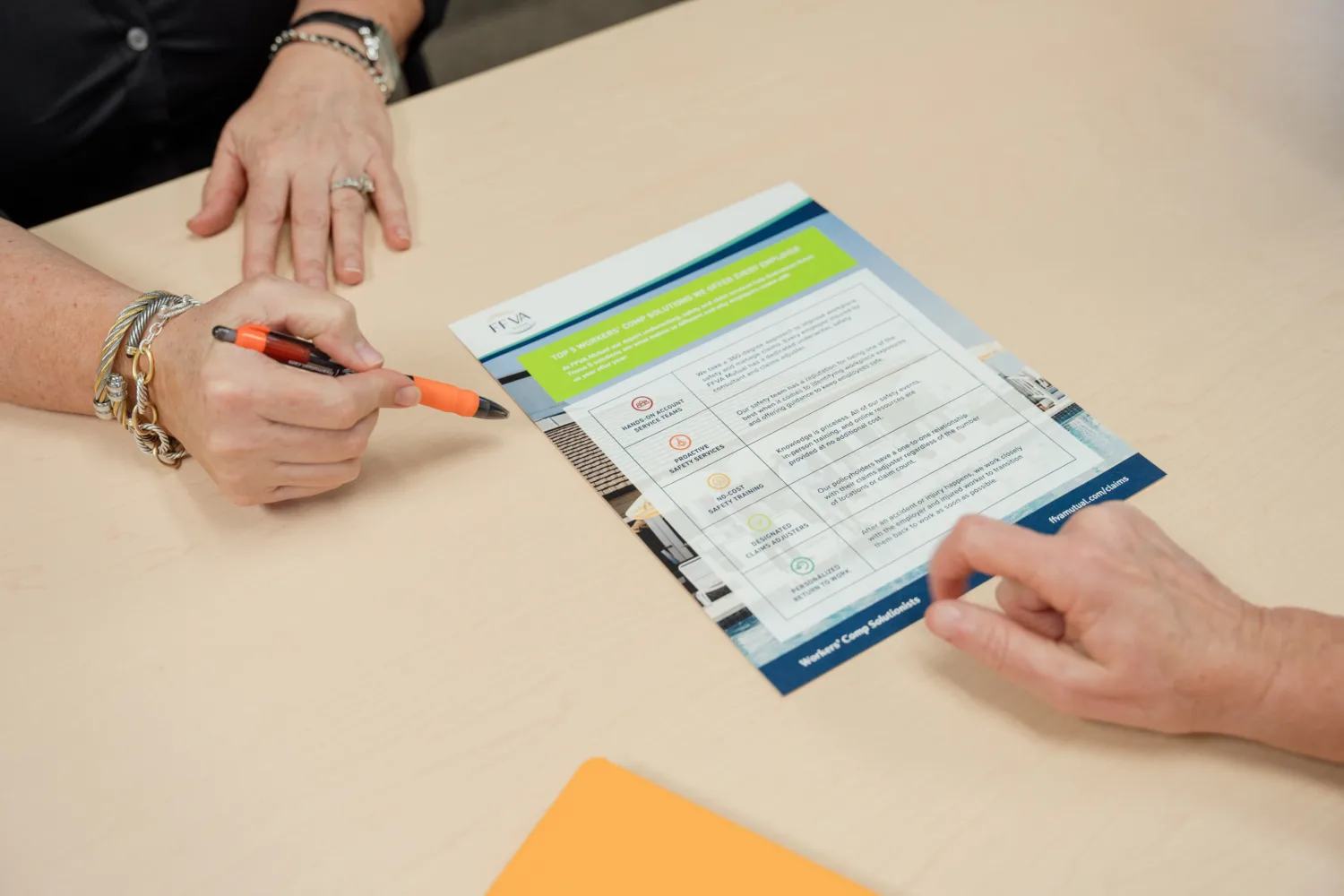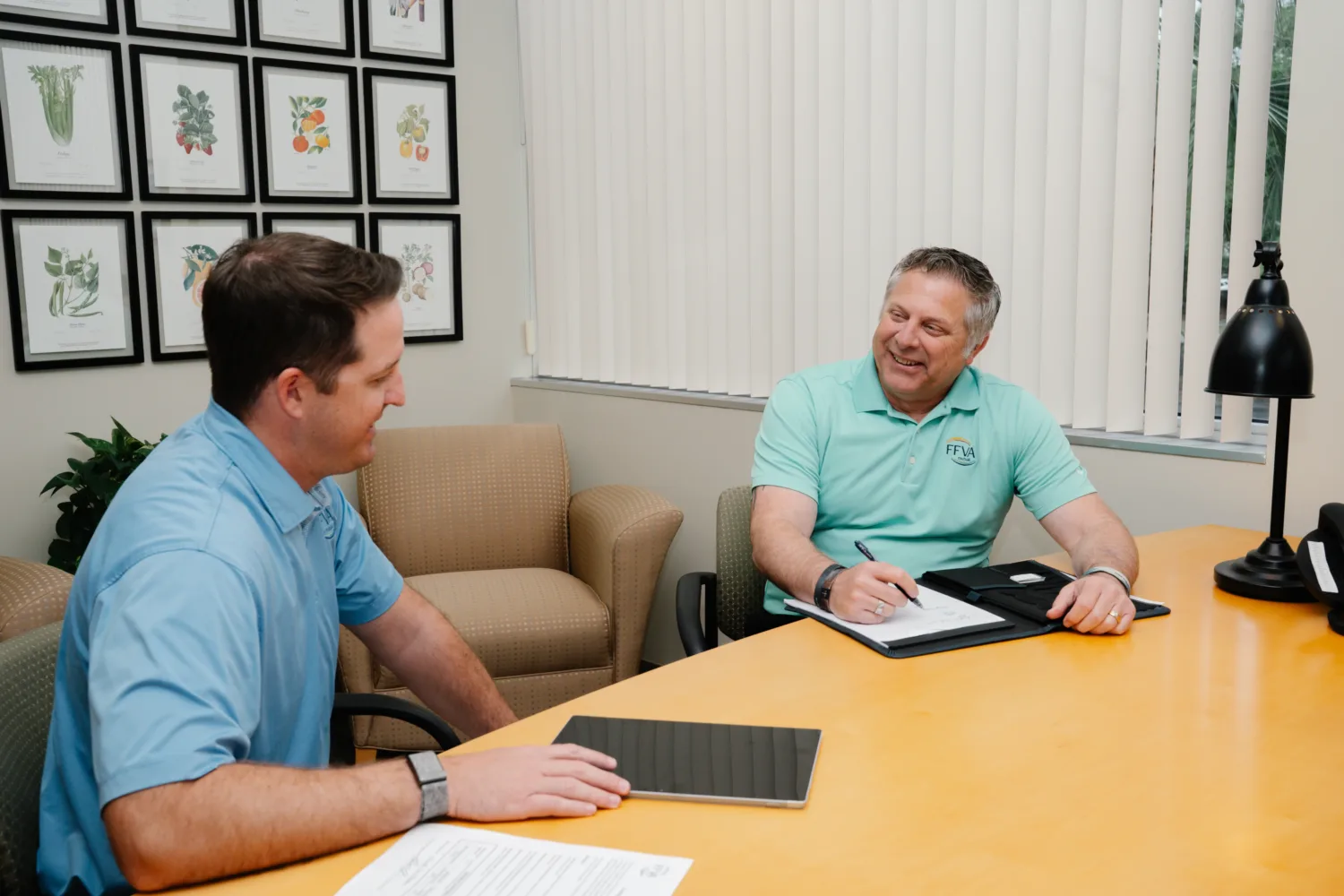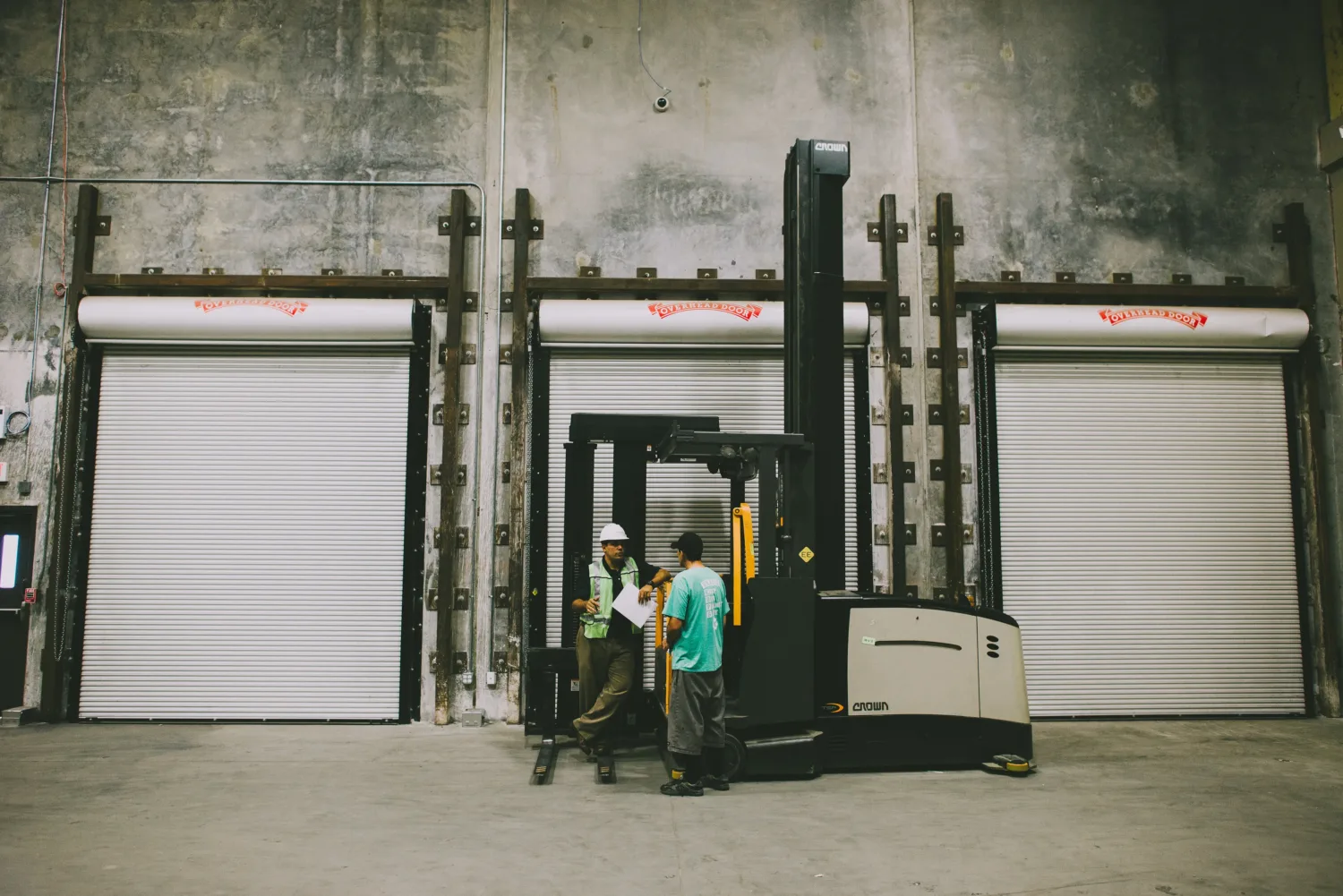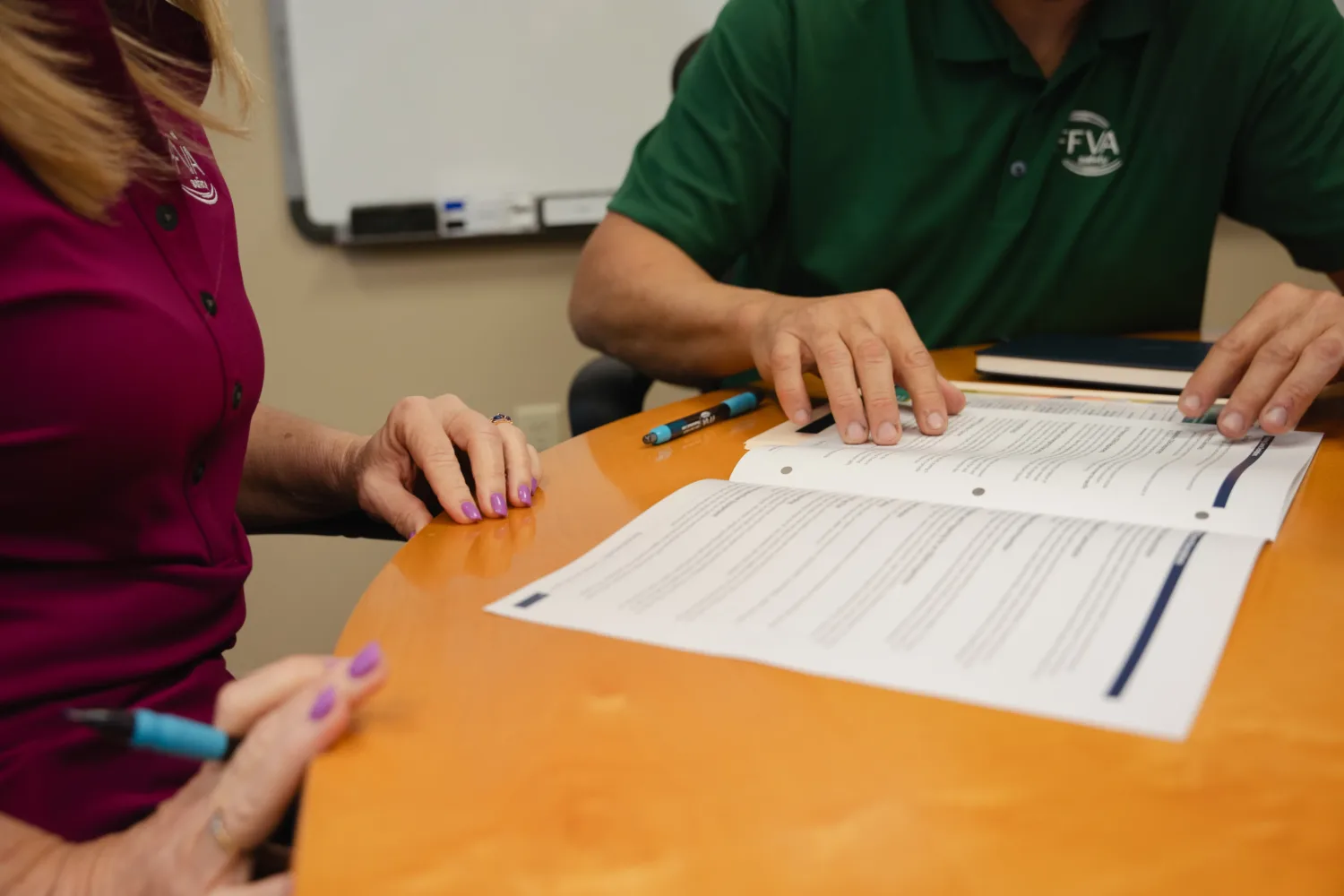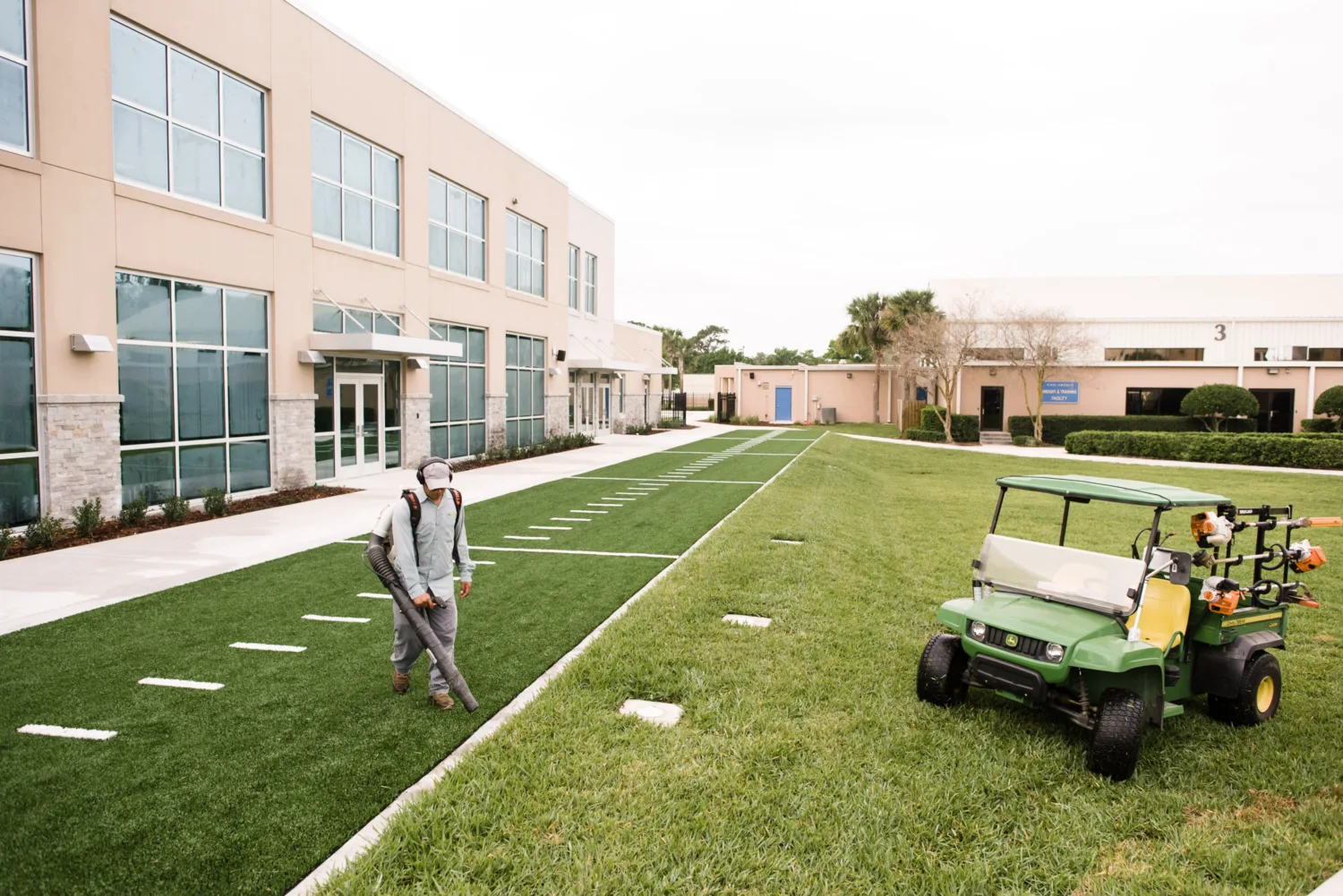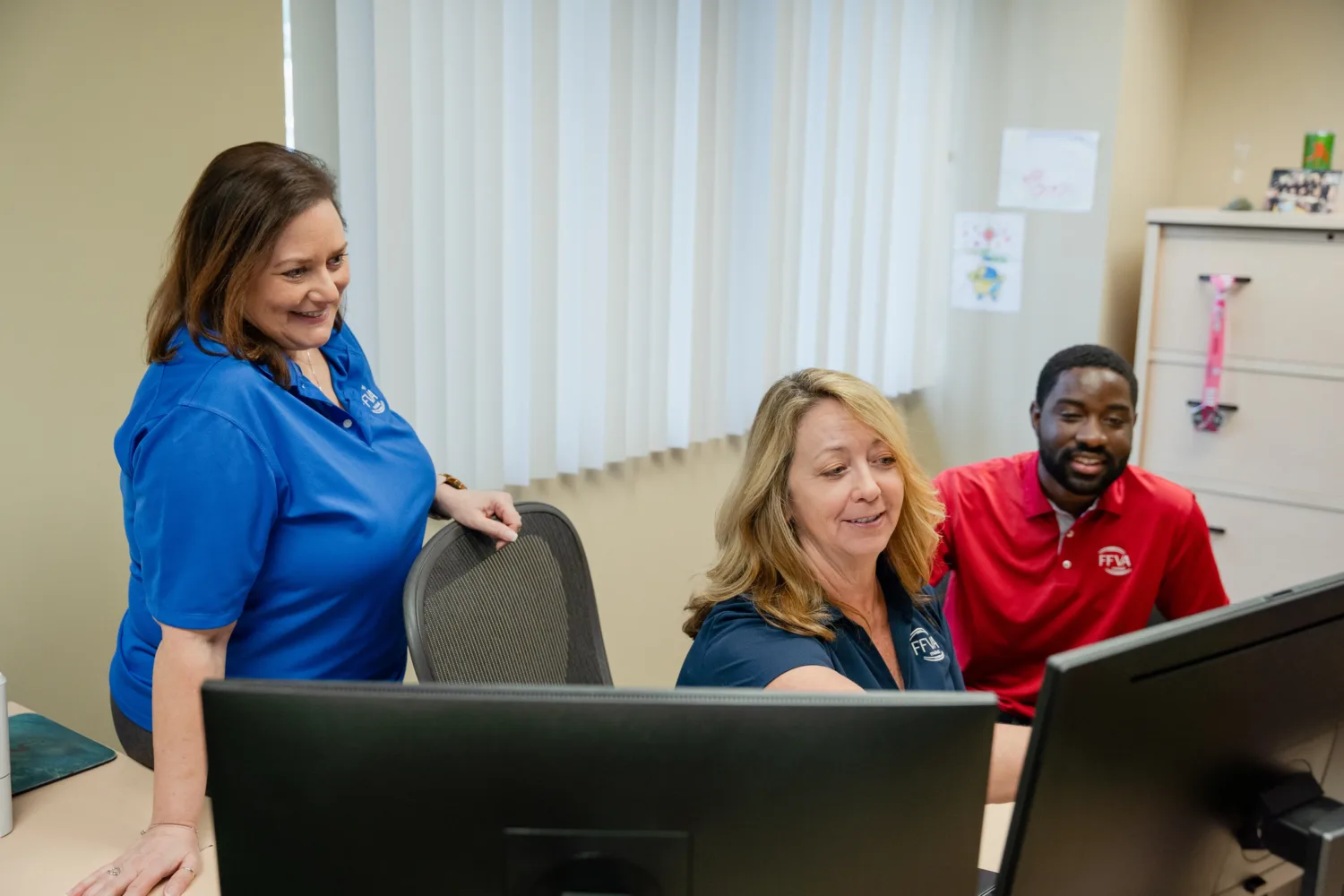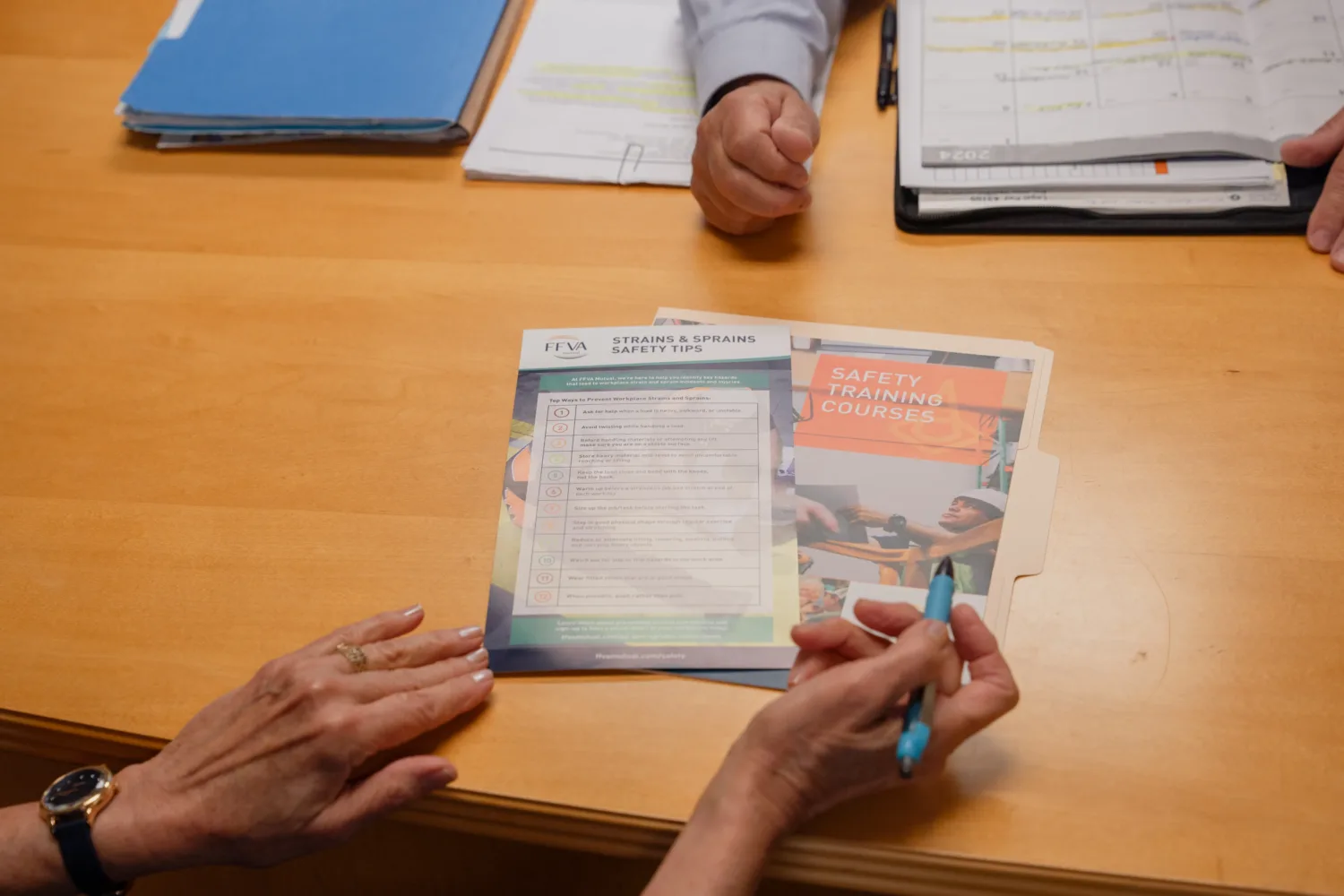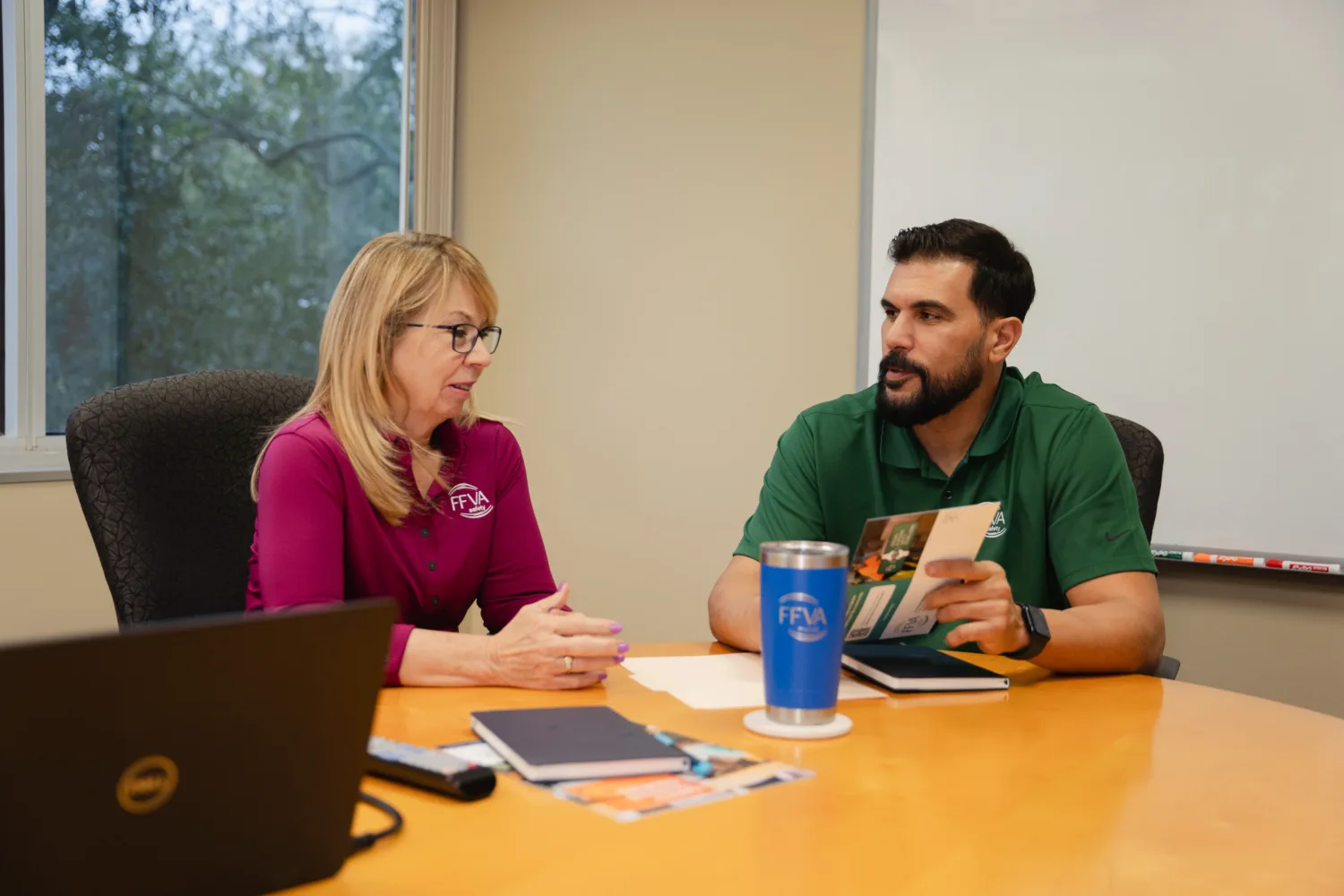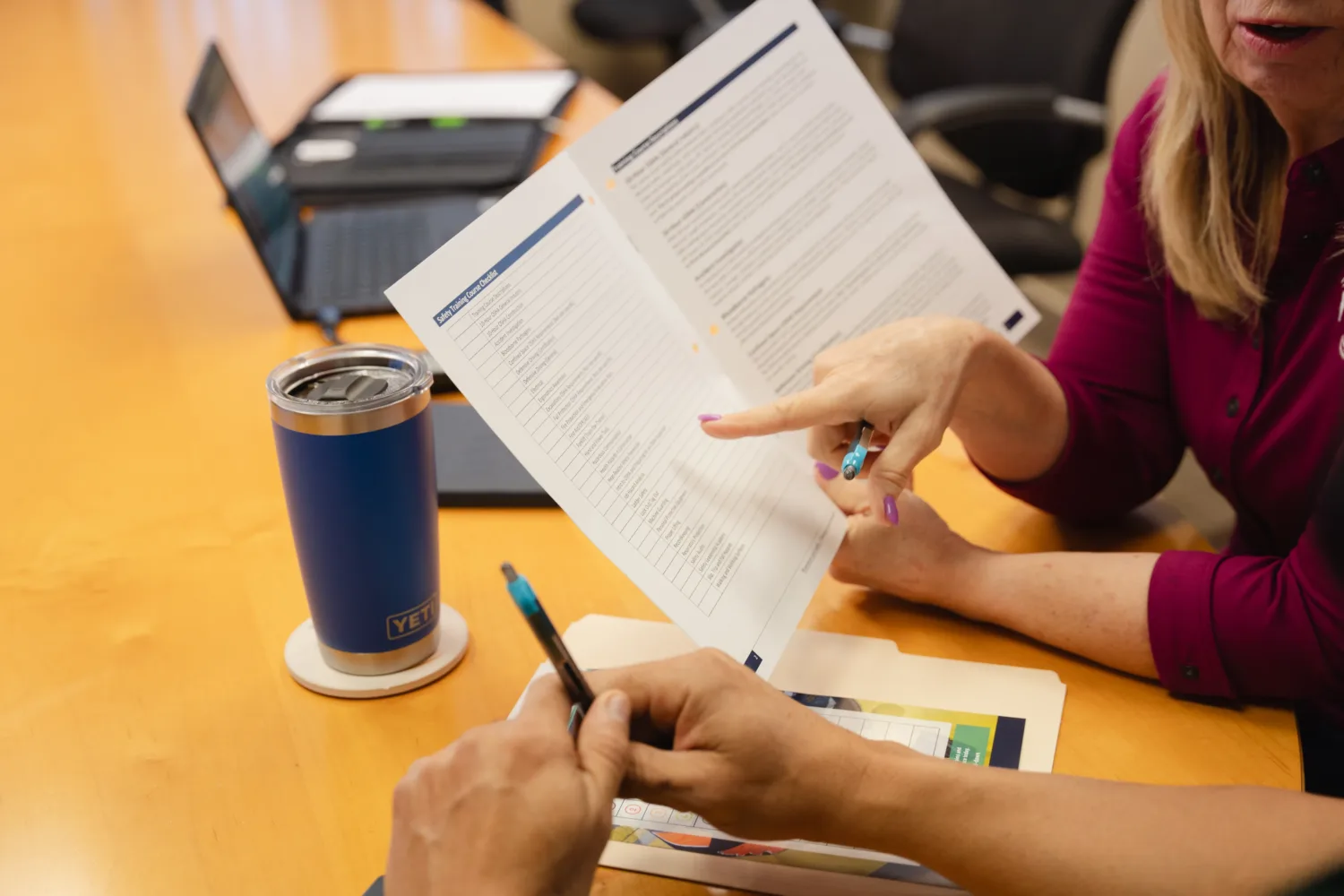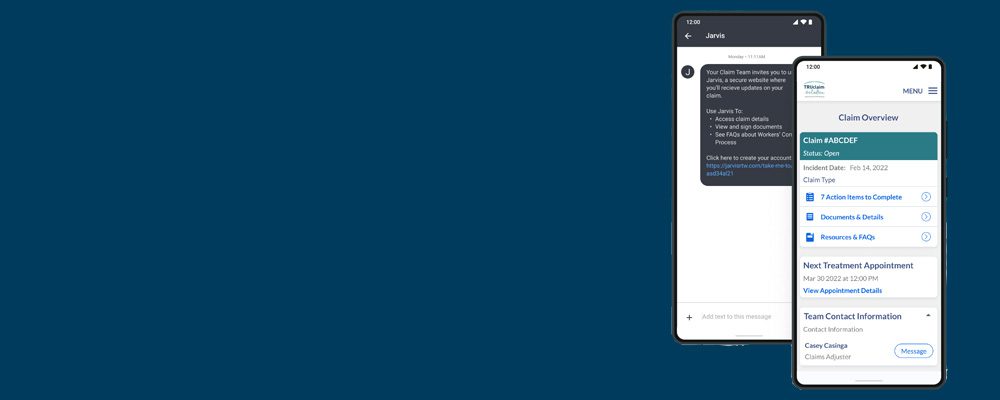Why Personalization Matters
Implementing a successful Return to Work (RTW) program helps transition injured employees back to work as soon as possible.
A personalized Return to Work program offers employers and injured employees a detailed recovery roadmap, making the transition back to work simple and seamless. Through close collaboration, workers and managers can set clear expectations about safely returning to a modified or full-time schedule. Download our free Return to Work eBook today!What is a Return to Work Program?
A Return to Work (RTW) program is a set of policies and procedures that supports employees’ return to a limited or light-duty capacity following a workplace injury or illness. When effectively organized, RTW programs can be adapted to the needs of each worker, leading to more proactive transition plans and less uncertainty for your management team.The Value of a Return to Work Program
Trust in the workplace is a two-way street: Your business depends on the talent and dedication of hard-working employees—and workers rely on you to provide the reinforcement, training and essential tools they need to stay safe and do their jobs well. Return to Work programs are designed to ease injured employees back to work and provide hands-on assistance during every step of the process. Helping your workers feel confident about their recovery is incredibly important for the well-being of both employee and employer—it encourages a mutual understanding that, as soon as an injury is reported, there is already a plan in place to get them back on their feet.Why are RTW Programs Important?
RTW programs are a guiding resource for both employers and injured employees, helping keep everyone on the same page following an on-the-job accident. Without a detailed plan in place, companies can experience major productivity losses, decreased employee morale and higher workers’ compensation claim costs. Building an effective RTW program also demonstrates your organization’s commitment to employee health and well-being. By cultivating a supportive and positive environment, you can encourage workers to return to their jobs quickly and safely. In most cases, RTW programs offer injured employees modified or light-duty assignments while they’re still recovering, helping them feel like a valuable member of your team.
Why Strive for a Personalized RTW Program?
Basic RTW programs offer a rigid framework that can be difficult to adapt to the recovery needs and work limitations of individual employees. By personalizing your RTW program, you can create proactive transition plans tailored to different scenarios. For example, a worker who is seriously injured in a fall may not be able to perform the same light-duty assignments as someone who is recovering from a work-related illness. In this way, addressing the unique needs of injured employees is crucial to finding short-term solutions and setting them up for long-term success. A personalized Return to Work program can also encourage managers to work alongside your workers’ compensation insurer to proactively control claim costs. The same is true for employees’ medical providers – giving caregivers a seat at the table can help you develop return to work plans that minimize the risk of compounded injuries. These partnerships are crucial for identifying specific light-duty assignments that are safe to perform, establishing temporary work schedules and supporting injured employees until they’re ready to return to their full-time jobs. For tips on building a personalized Return to Work program, check out our RTW DIY Starter Kit.
5 Benefits of a RTW Program:
- Decreased medical, legal and disability claim costs
- Increased employee morale and productivity
- Reduced time expenses resulting from lost productivity
- Faster identification of workers’ comp fraud
- Motivated workers who want to return to work quickly and safely
Best Practices for Employers
Even with a comprehensive RTW program in place, employers still need to uphold best practices to ensure injured employees are given the support and guidance they deserve. Ultimately, reducing workplace injuries and illnesses starts well before an accident has taken place. For example, conducting job hazard analysis and worksite inspections can help locate risks that pose a threat to employee health and well-being. That said, accidents do happen, which is why you should keep these best practices in mind when developing your RTW program:- Immediately report all workplace injuries: The sooner you’re able to report a workplace accident, the better. Timely incident reporting is crucial for filing a claim through your workers’ compensation insurer, creating proactive RTW plans and getting injured employees the medical and financial support they need. View our Ways to Report an Injury poster.
- Open communication is essential: The most important feature of a personalized RTW program is positive, proactive communication. Managers who stay in contact with out-of-work employees can set clearer expectations around returning to work and the possibility of modified or light-duty assignments. Additionally, open dialogue between employers, injured employees, claims adjusters and medical providers can keep everyone on the same page during the treatment and recovery processes.
- Offer light-duty work on a case-by-case basis: Every workplace injury comes with different work restrictions, which is why modified and light-duty assignments should be tailored to the individual. Managers should focus on the specific abilities and interests of injured employees to ensure temporary work duties are engaging and fulfilling. It’s also important to seek guidance from the treating physician to avoid overexertion that may prolong a worker’s return to their full-time
- Ensure your RTW program is accessible: Sharing your RTW program with all new employees during orientation can demonstrate your organization’s commitment to employee health and wellness. RTW documentation should also be easily accessible by every employee and written in a way that is easy to understand. This approach can help ensure workers know what to expect should a workplace accident occur, as well as which resources are available.
Our Free Return to Work eBook has the Tools You Need!
At FFVA Mutual, we understand the crucial role personalized Return to Work programs play in today’s fast-paced work environments. If you’re ready to build and grow a successful RTW program for your company, we have the perfect tool for you. Our Return to Work eBook offers solutions-focused recommendations, resources and worksheets that can bring your program into focus. Using our Return to Work eBook, you can learn how to:- Build trust and supportive relationships
- Implement best practices and personalized RTW plans
- Develop effective RTW procedures and general policy ideas
- Cultivate a supportive environment for injured employees
- Create a list of light-duty assignments for different scenarios
 Building an effective Return to Work program offers the members of your team the ability to protect their careers and financial well-being following a serious accident. If you’re looking for hands-on guidance for your RTW program and you’re an FFVA Mutual policyholder or agency partner, contact a Solutionist to get the ball rolling.
Other Return to Work posts you may also be interested in…
Why Employers Need a Return to Work Program Employers need a return to work program to help employees transition back to work quickly and safely following a workplace injury or illness.
How to Develop a Successful Return to Work Program Looking for more reasons to develop a successful Return to Work program? Learn how clear communication policies and modified light duty assignments can help your company!
Building an effective Return to Work program offers the members of your team the ability to protect their careers and financial well-being following a serious accident. If you’re looking for hands-on guidance for your RTW program and you’re an FFVA Mutual policyholder or agency partner, contact a Solutionist to get the ball rolling.
Other Return to Work posts you may also be interested in…
Why Employers Need a Return to Work Program Employers need a return to work program to help employees transition back to work quickly and safely following a workplace injury or illness.
How to Develop a Successful Return to Work Program Looking for more reasons to develop a successful Return to Work program? Learn how clear communication policies and modified light duty assignments can help your company! 